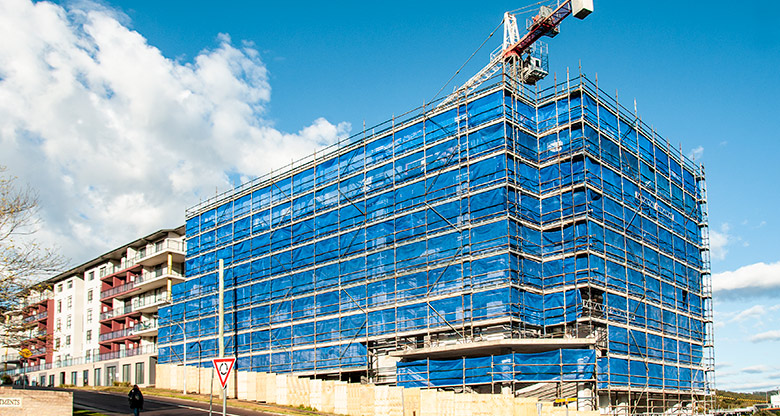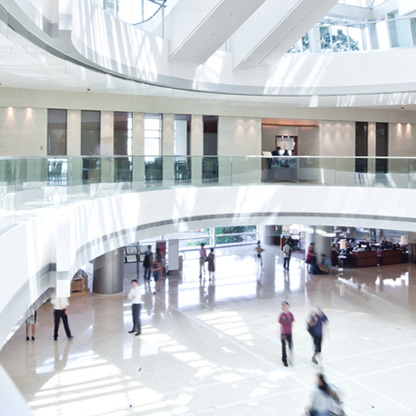Residential development is experiencing record levels of house building right across Australia, boosted by Homebuilder and other government schemes. Detached house construction will stay high until mid-2022 (albeit delayed by labour and materials shortages and sporadic lockdowns), before decreasing 30%-40% (HIA), back toward longer term average levels.

New home and land sales have started to decline in all States and Territories, except Western Australia; another indicator the journey to a more sustainable level of construction has begun. Surging house prices have reduced affordability and led to growth rates starting to slowly ease, off a high base.
In the meantime, the multi-unit/apartment sector is showing signs of life after peaking last in 2018. But this time around, it’s being driven more by owner occupiers, be they first home buyers looking for an affordable entry point and access to amenities, downsizers after an easier lifestyle, second home buyers or even families being offered larger, up to four bedroom, apartments.
Small- to medium-density projects appear more favoured this time around, with greater access to open space, natural light and ventilation. South-east Queensland, especially the Gold Coast, Canberra and Perth are leading the apartment sector into the next cycle. Developers have been able to move quickly, with many development-approved and ready projects available for purchase, leftover from the last cycle.
The much talked about build-to-rent sector is also making its presence felt on the apartment side of the dwelling spectrum. We track 62 projects now in the development pipeline nationally (some are well back in this pipeline), but nonetheless this accounts for a notable 15,000 apartments, including in this about 4,000 apartments we count under construction.
There’s still a long way to go before the build-to-rent sector reaches the type of national rental networks available across the US. So far, it’s being driven by experienced offshore groups and Australian REITs, with local privates focusing on single projects or cities.
Investors are coming back, but mostly in the established market and only partly into new multi-unit projects. Residential vacancy is a key indicator for rental growth and investment potential and it’s on a downward trend across the country.

The small-to-mid sized capital cities have performed strongly as population moves out of the bigger cities to these places, leaving five of the eight capital cities with residential vacancy now below 1.0% and rents rising strongly. And it’s the same story in almost every town and city in Regional Australia.
Only in those inner city locations of Melbourne and Sydney, where students and casual workers vacated at the onset of the pandemic, do you still find uncomfortably high residential vacancy, although it is falling at a steady pace.
The housing cycle continues to evolve; we’ll continue to bring you regular updates as further changes occur.


